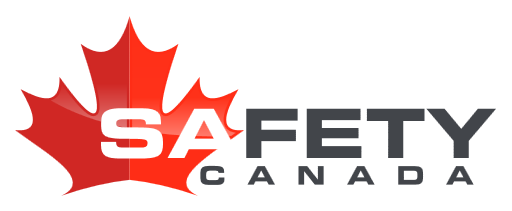Course Overview
The U.S. Army Surgeon General estimated that an attack on just one U.S. chemical plant could kill or injure 900,000 to 2.4 million people. Because of the danger the harmful release of hazardous materialsÑsuch as noxious, combustible gases and wasteÑposes to employees working at these facilities and to the general public, people have a right to know about the potential for danger involved in related operations. Additionally, emergency planning is critical for operations that handle or produce significant quantities of hazardous materials.
Upon successful completion of this course, you should be able to identify:
- The origin and goals of the EPCRA regulation
- The four specific types of chemicals listed in the regulation
- The emergency planning requirements of Section 302 and 303
- The emergency release notification requirements of Section 304, including release possibilities at a facility
- The requirements and exemptions for SDS submissions in Section 311 and chemical inventory reporting in Section 312, specifically Tier II reporting
- The requirements of toxic chemical release reporting in Section 313


